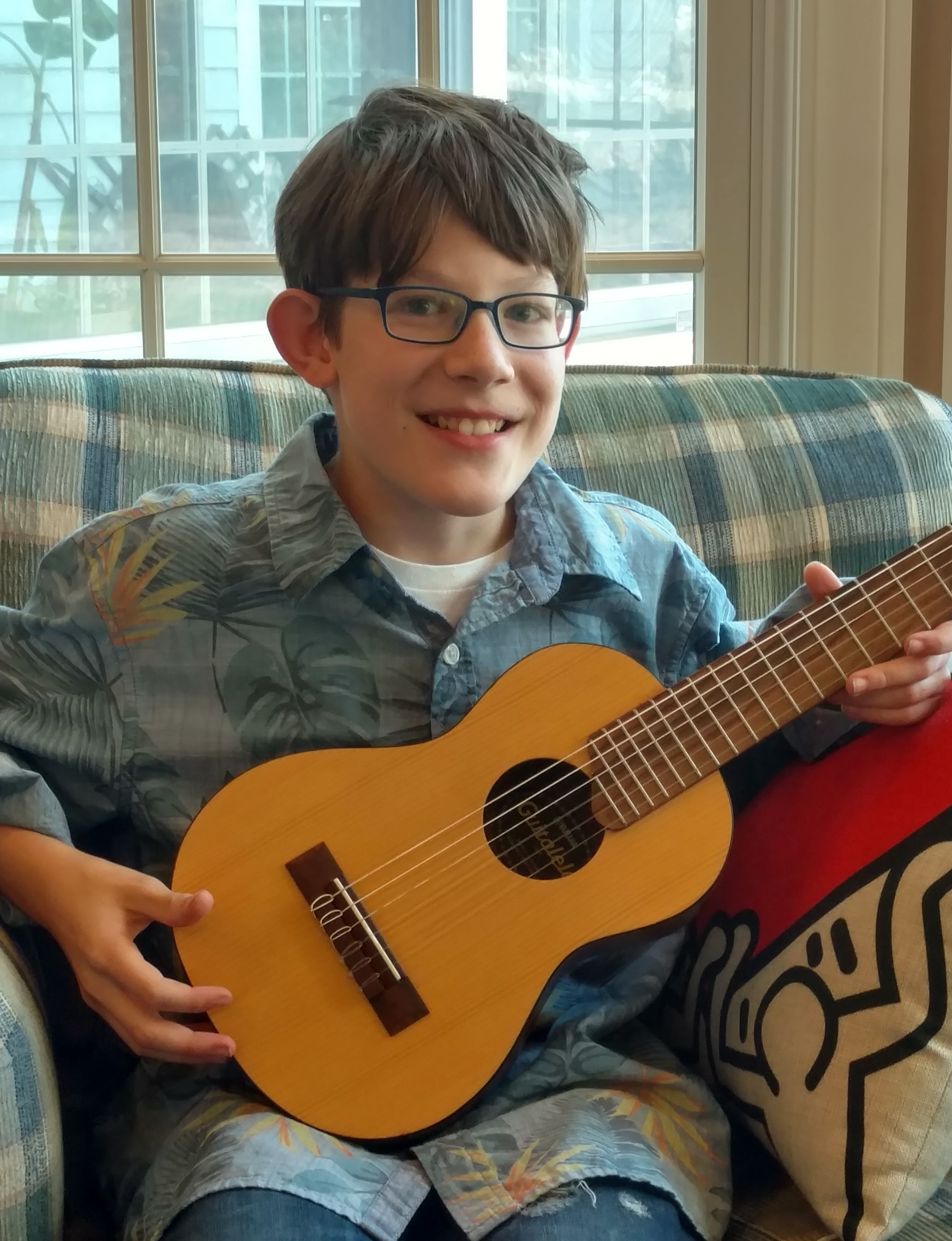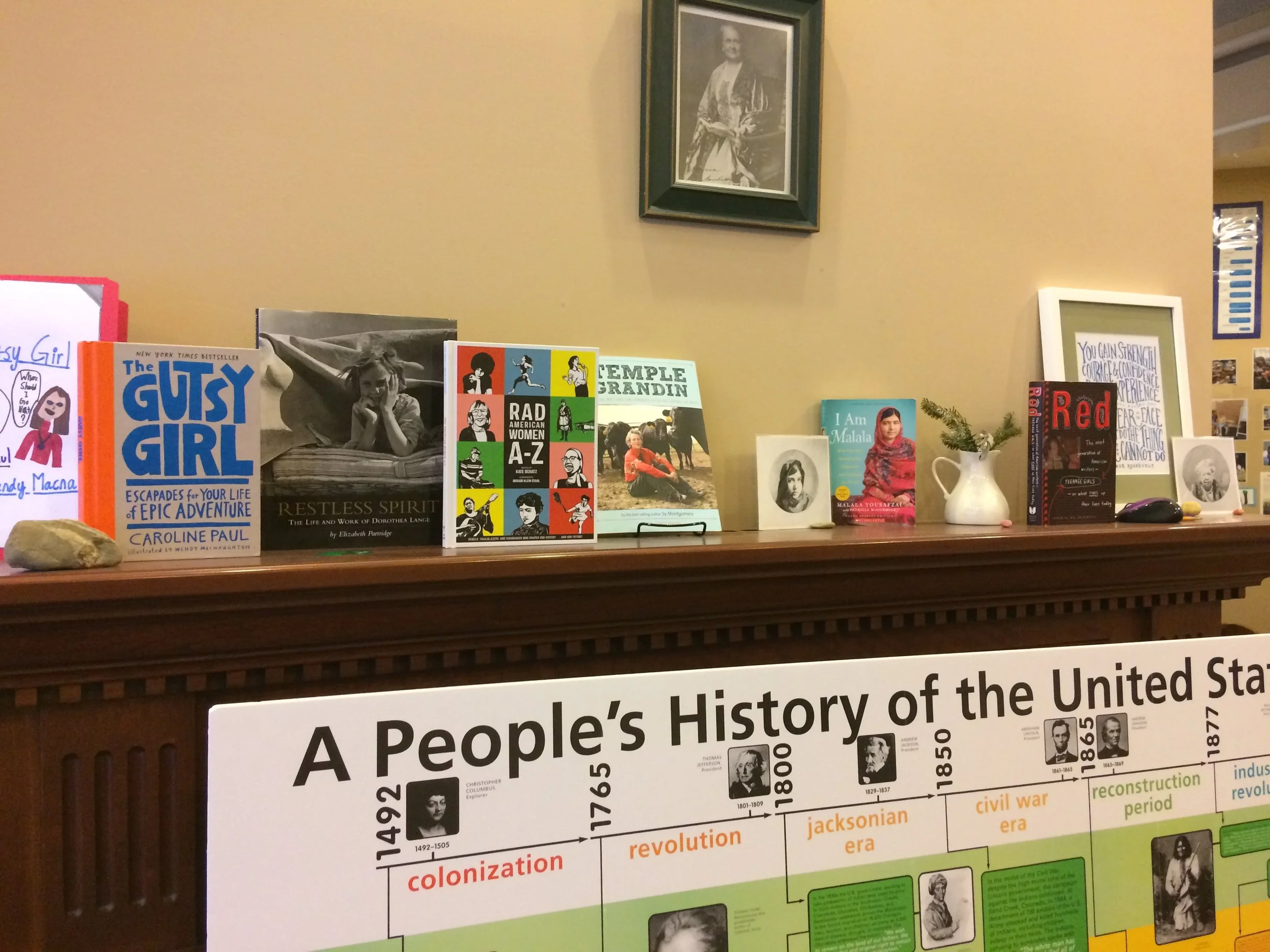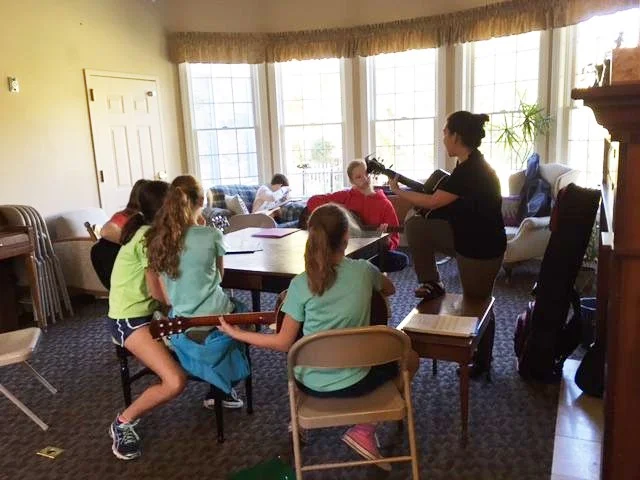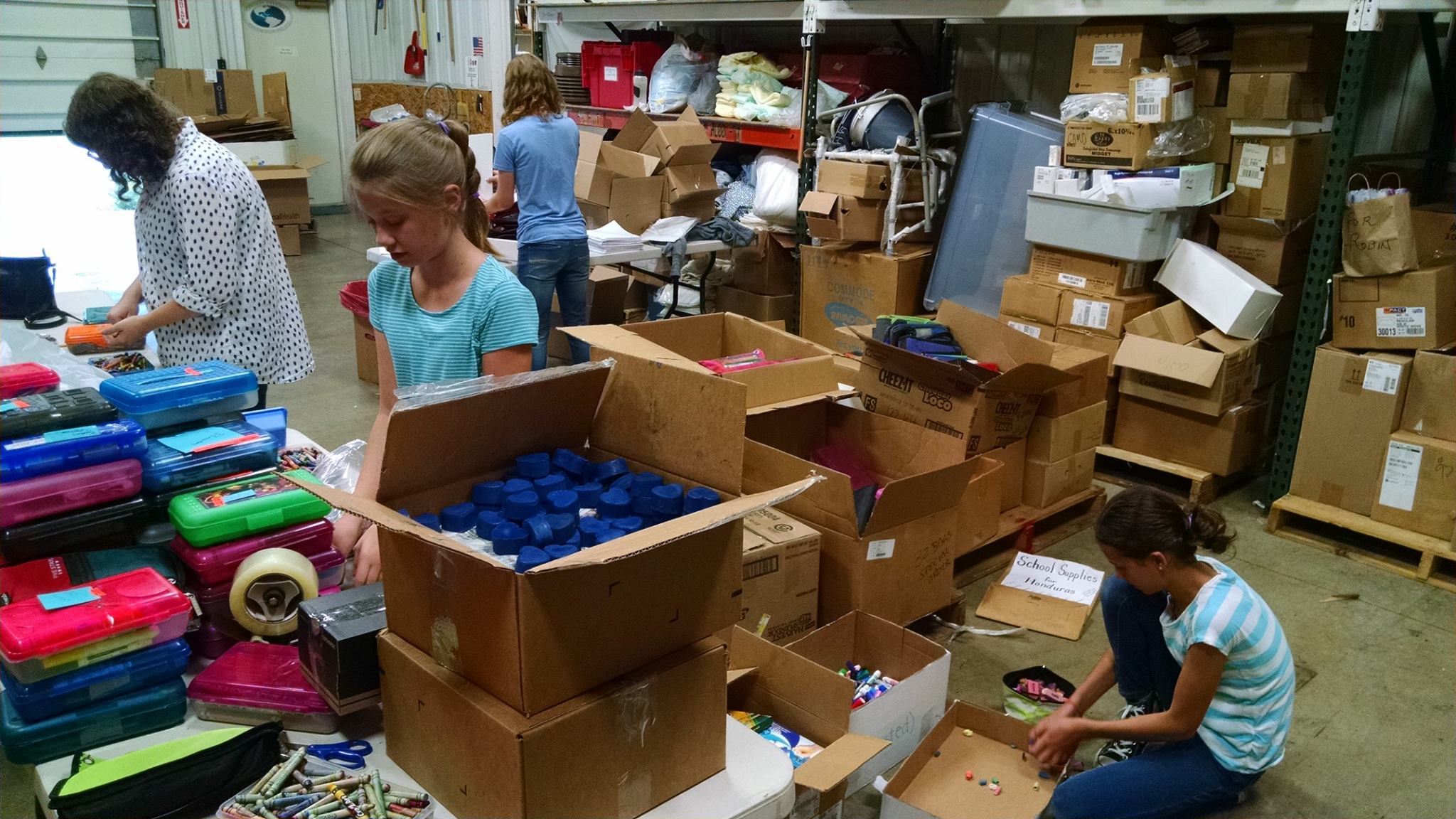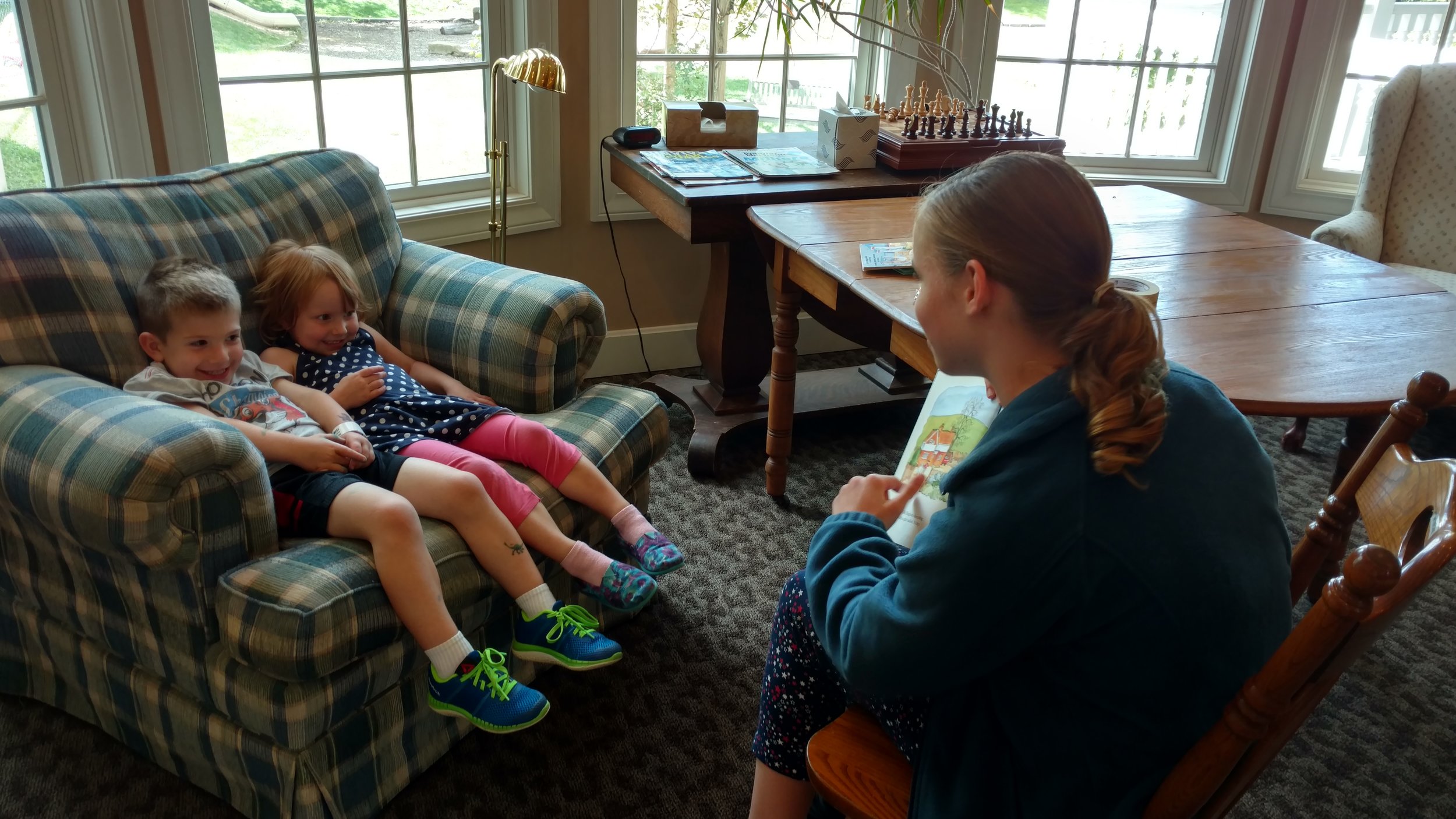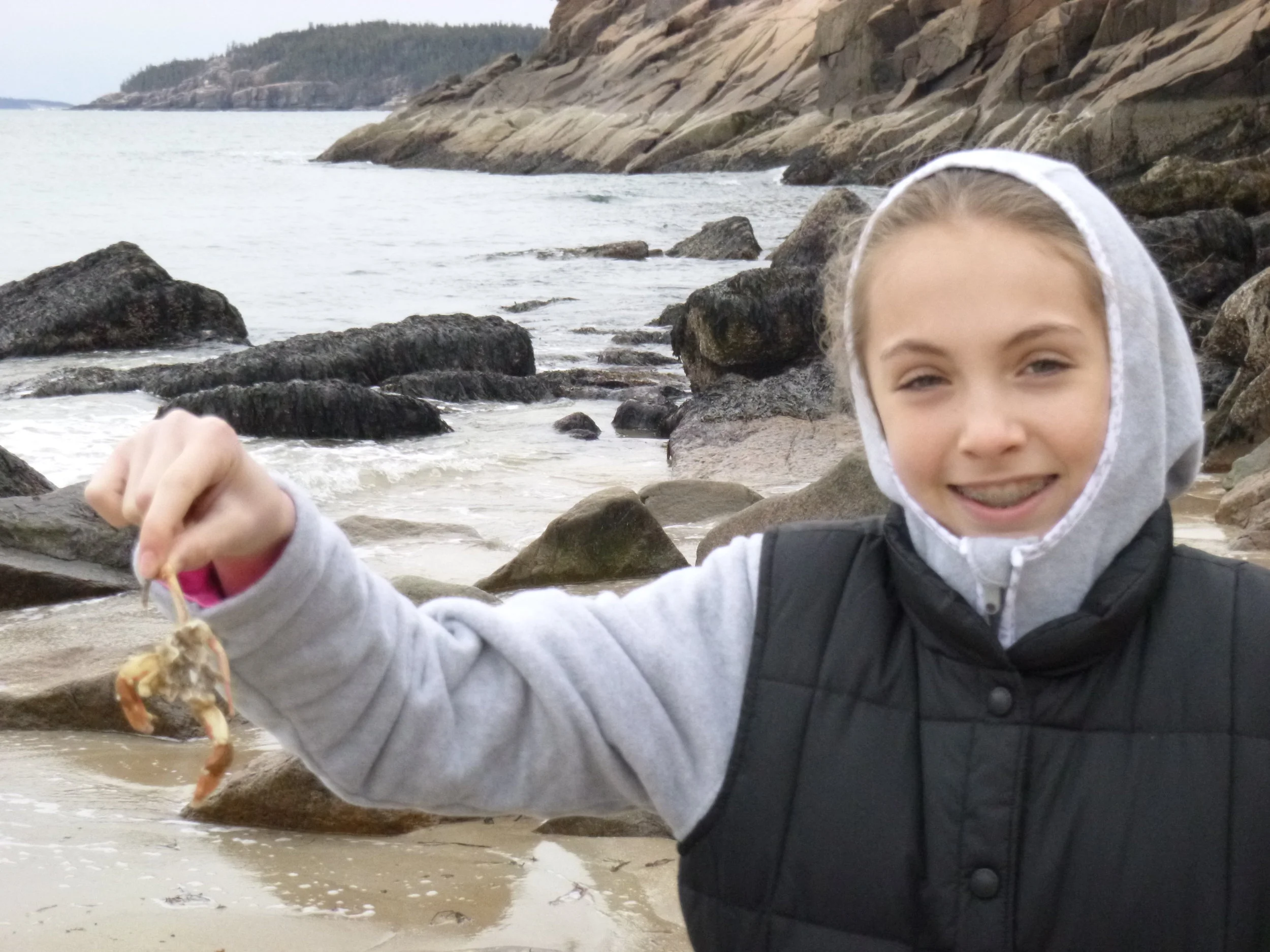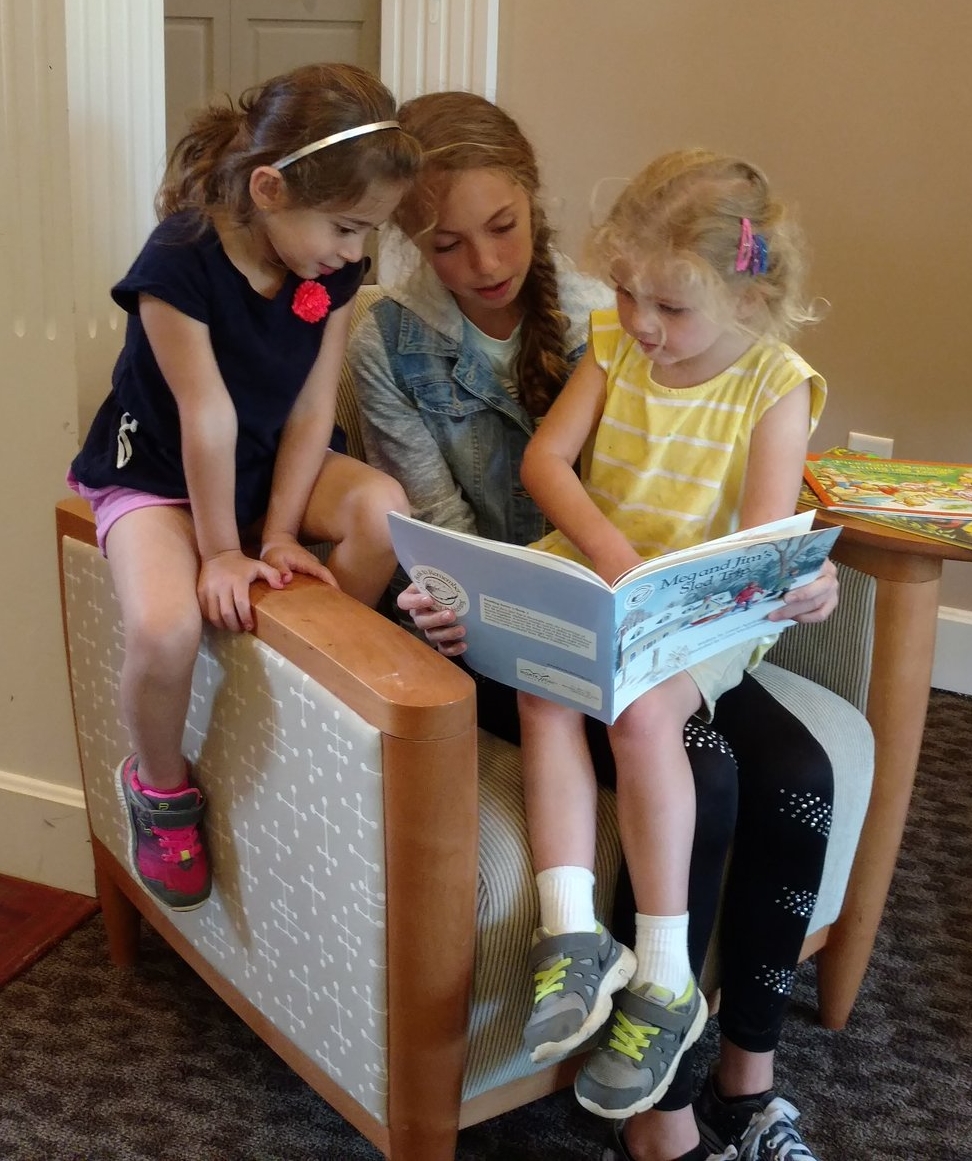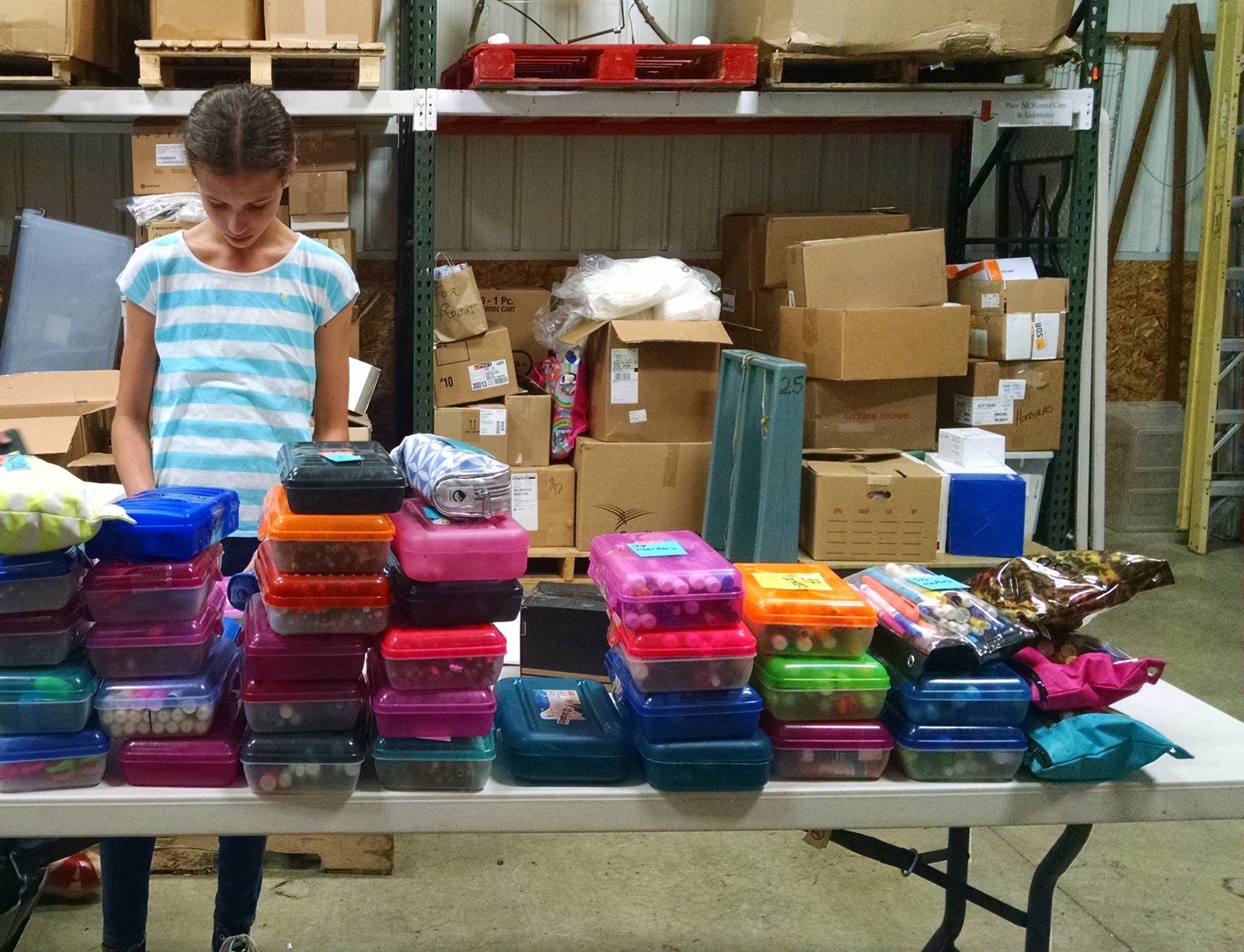Montessori is an education for independence, preparing not just for school, but for life.
The middle school presents a dynamic, challenging academic environment. With small class sizes, students develop respectful relationships with their classmates and teachers, creating a collegial atmosphere in which students are comfortable expressing their own points of view. Classes often are conducted in seminar format, allowing for the easy exchange of ideas. Assignments are challenging, varied, and designed to incorporate more than one discipline. They are purposeful and help students develop skills applicable not only to the next level in a rigorous education, but to the real world. Mentoring, outside speakers and service work are included, helping students recognize their place in the wider community and building confidence in their problem-solving abilities. Graduates tend to exhibit self-discipline, responsibility and self-confidence.
Middle school ushers in a new level of independence, which must be provided for in the Montessori environment by increasing activity from the point of view of work level, choices, and planning. In the middle school, the Great Lessons, timelines, and charts are replaced with overviews of general sequences of learning for which the student becomes responsible in the context of an integrated whole. Within this overview, the student has open time to collaborate on both self-initiated and instructor-initiated projects.
Open time allows for individualized instruction, a natural pace for absorption of material presented for both mastery and emotional understanding, unlimited depth of pursuit based on student interest, and release time to study art, science, music, business, and other topics students choose.
The general premise for the adolescent program is that it must bring into consciousness the moral and world view of the elementary years. Philosophical ideas related to natural history and cultural history now come into play. Great Lessons evolve into great ideas derived from a serious approach to the humanities. For example, "life, liberty, and the pursuit of happiness" may be tied to a specific part of American history, but this ideal also has a life in the history of philosophy and literature.
Consistent with the moral relationships stressed in the elementary program, the adolescent can make great cognitive leaps while integrating ideas and values in conjunction with current events, home life, or community activities.
Service programs and apprenticeships in the workplace are part of an advancing "going out" that gives the adolescent a combined vocational and liberal arts curriculum with a particular emphasis on economic enterprise.
Adolescent programs characteristically have discrete spaces for specialized activities and rooms that are adjacent to open space that unifies the siderooms.
The following curriculum areas are offered in the Montessori middle school:
Social sciences, science, and geography: The student integrates history utilizing themes from earlier studies in natural and cultural history, including interdependency, evolution, life cycles, matter and energy, behavior and culture, mental health, physical health, agriculture, government, manufacturing, communication, world systems, earth preservation, and so on, in the context of social responsibility and governance. Primary readings from each historical period are emphasized.
Language arts: The student develops confidence in self-expression utilizing the seminar, oral presentation, debates, drama, video, photography, essays, play-writing, poetry, and short stories; explores related accounts of historical and philosophical material through literature utilizing components of style, genre, characterization, interpretation, and the art of discussion.
Second language and grammar: The student revisits grammar through the study of a second language and reviews complex sentences and paragraph structure in English.
Mathematics: The student uses higher-order thinking skills to solve problems in relation to a variety of challenges, from practical money transactions to algebraic relationships; explores in-depth numbers, properties, simple equations, higher measurement, computer calculation and graphics, geometric proofs, and algebraic equations.
Practical management: The student manages reality-based operations in economic enterprises including agriculture, fund-raisers, travel, volunteerism and service, apprenticeship, and computer programming.
Fine arts: The student utilizes a discipline-based arts education plan which presents individual artistic areas of painting, acting, singing, composing, photography, dance, and sculpture, and includes a general education for aesthetic literacy which integrates the arts with other academic endeavors.
Gardening: The student engages in elements of farming as an economic enterprise through the care of plants, the maintenance of simple machines, the understanding of land use, and the operations of accounting, sales, personnel records, and working relations in ongoing projects


